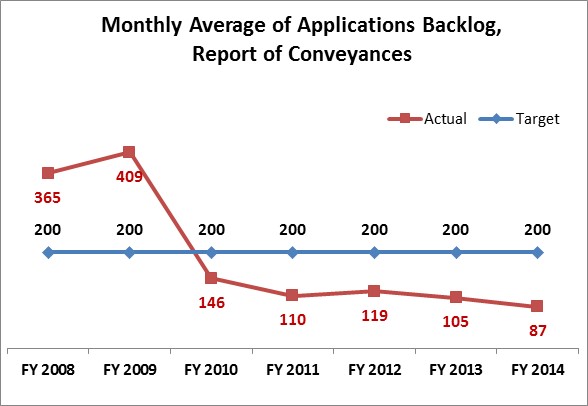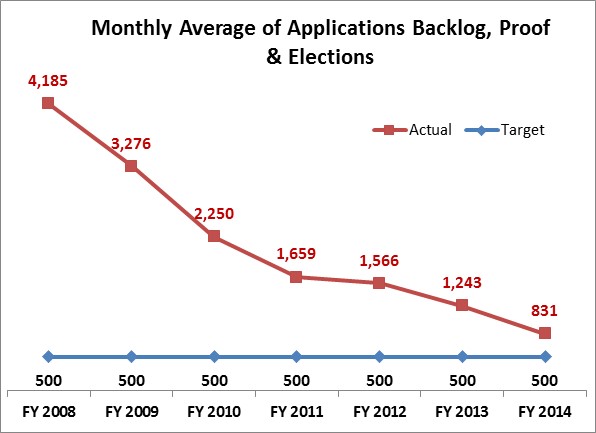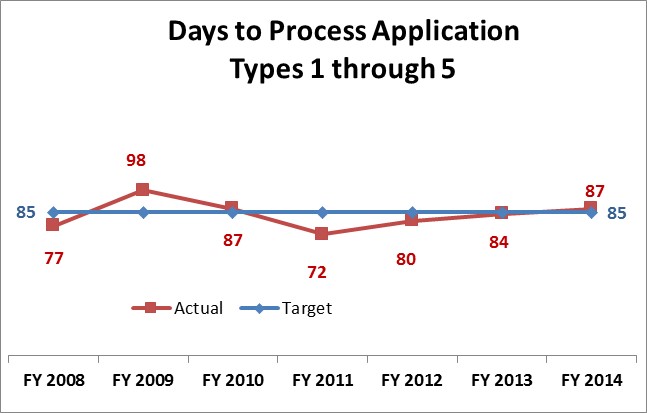Mission: To provide order and certainty in the beneficial use of Utah's water.
Directed by the State Engineer, the Division of Water Rights is responsible for the administration and management of the Utah's water resources (click on the link http://naturalresources.utah.gov/divisions/water-rights.html to go to the website). The division's primary workload is the processing of water right applications while managing the existing water rights' records, regulating the diversion and use of water, and preparing proposed determinations for water right adjudications. It also oversees dam safety, stream channel alterations and water well drilling. The Division of Water Rights is the only division in the Department of Natural Resources that does not have a board.
During the 2015 General Session, the Legislature appropriated for Fiscal Year 2016, $10,922,400 from all sources for Water Rights. This is a 10.3 percent increase from Fiscal Year 2015 revised estimated amounts from all sources. The total includes $8,586,900 from the General/Education Funds, an increase of 8.6 percent from revised Fiscal Year 2015 estimates.
In addition to statewide compensation and internal service fund cost increases, the following appropriation adjustments were made during the 2015 General Session:
The following are the top measures chosen by the division management to gauge the success of the division.
Report of Conveyances, Monthly Average of Applications Backlog
This measure tracks the backlog in unapproved report of conveyances applications at the end of each month.

Proof & Elections, Monthly Average of Applications Backlog
This measure keeps track of the backlog of proof and election applications over time.

Days to Process Application Types 1-5
This measure tracks the average number of days to process applications types 1 through 5.

The simple definition of the five application types is as follows: 1-Simple, usually non-protested, may not need to be advertised. 2-Still simple, usually advertised, if protested, resolution is simple, hearing is rare. 3-All advertised, may be protested, hearings are common but not always necessary. 4-All advertised, hearings likely, extensive research and investigation needed. 5-Generic, all other filings.
The office of the State Engineer was created in 1897. In 1903, Utah surface water law was established. Legislation passed in 1919 for adjudicating water rights and for governing dam safety. In 1935, groundwater was included in the water law. The name of the State Engineer's Office was changed in 1963 to The Division of Water Rights.
The State Engineer's responsibility is to manage the state's water resources, providing citizens opportunity to make beneficial use of the waters while protecting prior rights and the welfare interests of the public. New uses of water or a change in existing use must be approved by the State Engineer prior to the undertaking. Once a use is authorized, the State Engineer monitors development to assure the use actually occurs before a permanent or perfected water right certificate is issued. Once perfected, a water right is a permanent right as long as the use persists, but the right can be lost or forfeited through neglect (failure to continue to beneficially use the water). That policy is necessary to encourage movement of water rights to those seeking to place water to beneficial use rather than just being held by those attempting to monopolize the resource.
As a regulatory agency, most of the funding for the division comes from the General Fund. The division also receives funding from other sources, as follows:
- UCA 59-12-103(5) requires that $175,000 (1% of the $17.5 million on the 1/16% sales tax earmarked for water projects) be used as Dedicated Credit for water rights adjudication.
- UCA 73-2-14 allows the State Engineer to use fees collected from water right applications as Dedicated Credits to fund the costs of processing applications.
- UCA 59-12-103(5) (f) and (g) transfers 6% of the amount of sales tax exceeding the $17.5 million (after the distribution of $500,000 to DNR for watershed and $150,000 to Water Resources for cloudseeding) as Dedicated Credits to the Division of Water Rights. The funding is to cover the costs incurred for employing additional technical staff for the administration of water rights. The unexpended Dedicated Credits exceeding $150,000 lapse to the Water Resources Conservation and Development Fund created in Section 73-10-24.
- UCA 73-5-1 establishes a Water Commissioners Fund and directs the State Engineer to fix a schedule of costs of distribution to be borne pro rata by water users. Water user payments are deposited into the fund and expenses of distribution (primarily commissioner salaries), are paid from the fund. The division manages the fund as collection agent and processes payments. Neither the fund nor the commissioners are included in this analysis or the appropriations act.
COBI contains unaudited data as presented to the Legislature by state agencies at the time of publication. For audited financial data see the State of Utah's Comprehensive Annual Financial Reports.